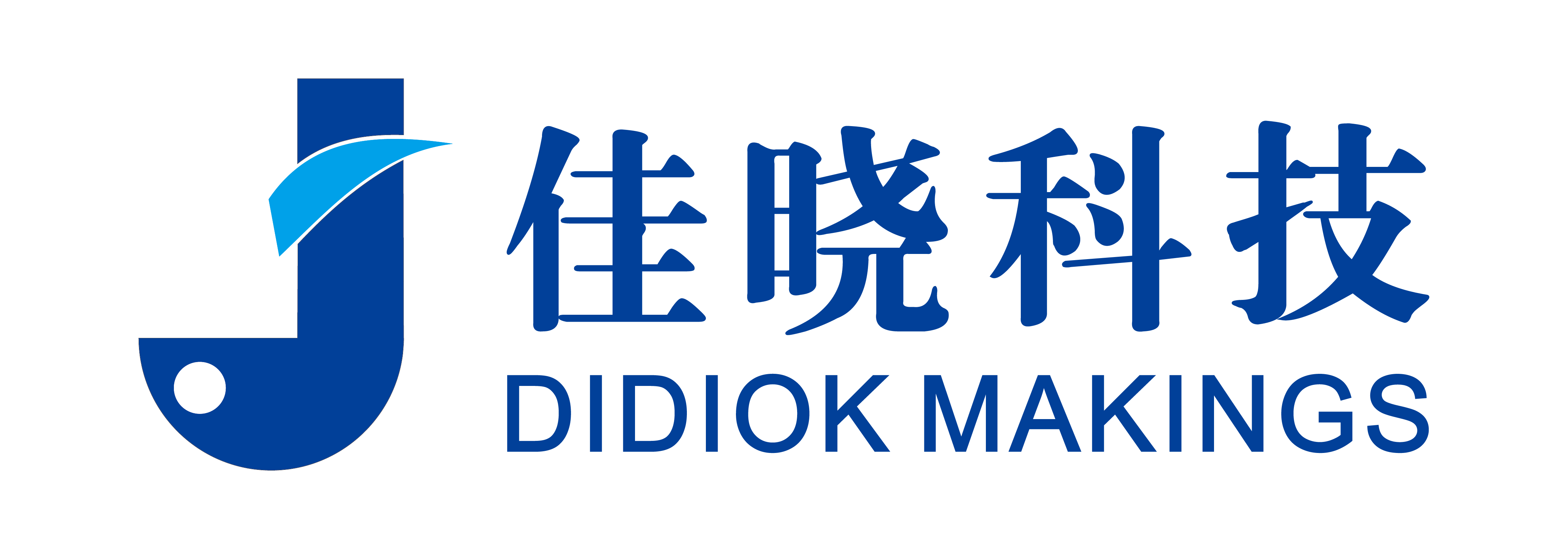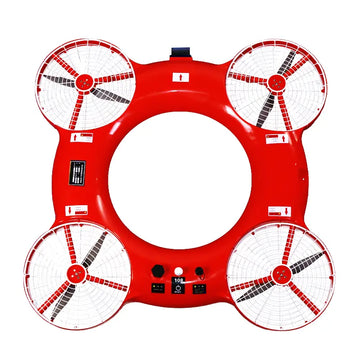What Are the Equipment for Disaster Relief?
When disasters strike—whether natural or man-made—having the right equipment can mean the difference between chaos and coordinated rescue. Earthquakes, floods, hurricanes, wildfires, or industrial accidents can disrupt communities instantly. Effective disaster relief hinges on rapid response, efficient logistics, and specialized gear. In this article, we outline the most critical equipment used in modern disaster relief operations.
1. Search and Rescue Equipment
Search and rescue is often the first phase of disaster relief. Teams must locate survivors in dangerous and unstable environments.
Essential tools include:
-
Rescue drones (e.g., JX-6A water rescue drone)
-
Thermal imaging cameras
-
Listening devices for locating victims under debris
-
Ropes, harnesses, and pulley systems
-
Rescue stretchers and spinal boards
-
Cutting tools and hydraulic spreaders
Why it matters: Speed and precision save lives in the golden hours after disaster.
2. Medical and First Aid Supplies
Injuries are common after disasters. Quick medical attention can prevent infections, amputations, and fatalities.
Must-have medical gear:
-
Emergency trauma kits
-
Mobile field hospitals or tents
-
IV fluids, splints, and wound dressings
-
Defibrillators and oxygen tanks
-
Triage tags and patient tracking systems
Tip: Pre-packed medical backpacks are ideal for fast deployment in the field.
3. Communication Devices
Disasters often knock out traditional communication networks. Staying connected is essential for coordination.
Reliable communication tools:
-
Satellite phones
-
Two-way radios (VHF/UHF)
-
Emergency alert systems (sirens, SMS)
-
Mesh network routers or mobile command centers
Use case: Satellite communications are vital in remote or severely damaged areas.
4. Shelter and Relief Supplies
Displaced people need shelter, food, and clean water—fast.
Core shelter supplies:
-
Inflatable tents or temporary shelters
-
Sleeping bags and thermal blankets
-
Water purification tablets or filtration systems
-
Solar-powered lights and heating pads
-
Hygiene kits (soap, sanitizers, sanitary pads)
Pro tip: Modular shelter systems save space and allow scalable deployment.
5. Transportation and Logistics
Getting help to the affected zone is just as important as the supplies themselves.
Transport tools:
-
All-terrain vehicles (ATVs)
-
Rescue boats for flooded areas
-
Helicopters or cargo drones for remote access
-
Forklifts and pallets for supply movement
-
Portable fuel and charging stations
Example: In flooded zones, drones like JX-6A can deliver flotation support or medical kits.
6. Security and Crowd Management
Disasters can create panic and civil unrest. Security tools help maintain order.
Important gear:
-
Barricades and crowd control barriers
-
Body cameras for rescue personnel
-
Reflective vests and ID systems
-
Emergency sirens and megaphones
7. Data and Coordination Systems
Modern disaster relief depends on digital tools for real-time decision-making.
Tech systems include:
-
Disaster response apps with live tracking
-
GIS (Geographic Information System) mapping
-
Inventory and supply chain management software
-
Situation dashboards for operation centers
Final Thoughts
Disaster relief is about speed, strategy, and human resilience. Equipping your team with the right tools—from rescue drones and medical kits to reliable communications and shelters—ensures that help gets to those who need it, when they need it most.
Investing in specialized disaster relief equipment not only improves outcomes but also builds trust in emergency response systems. Whether you're a government agency, NGO, or supplier—being prepared is not optional. It's essential.
Looking for reliable disaster relief equipment like water rescue drones or emergency supply systems?
Contact us now to get a custom solution tailored to your mission.





